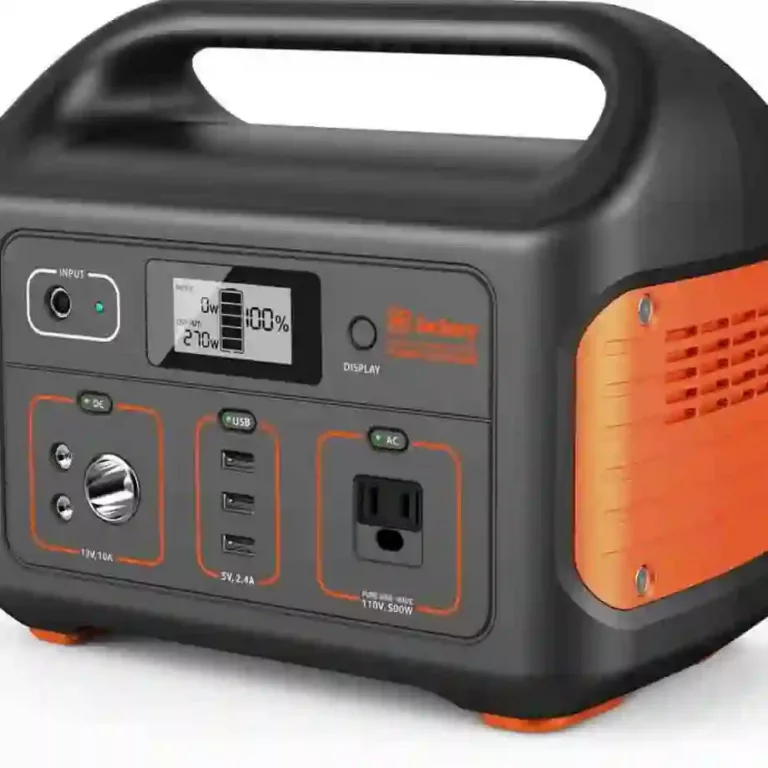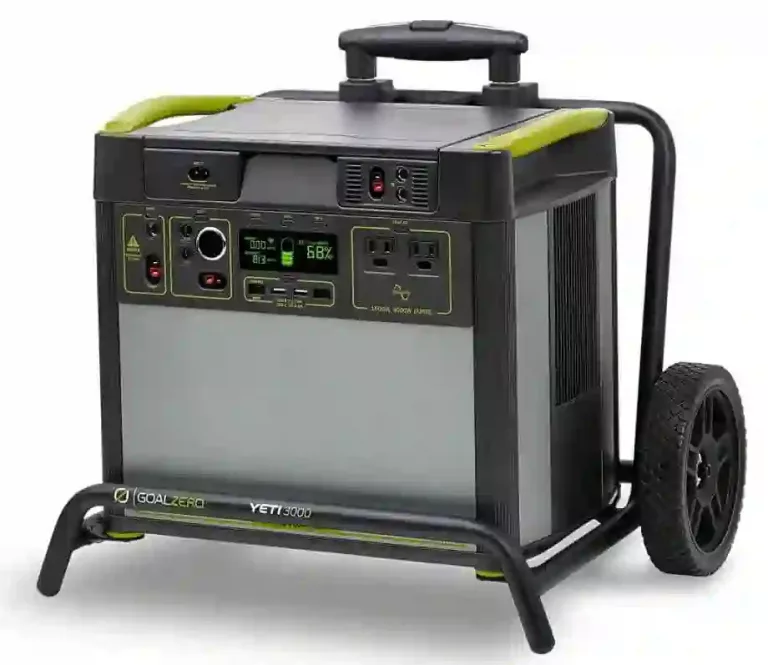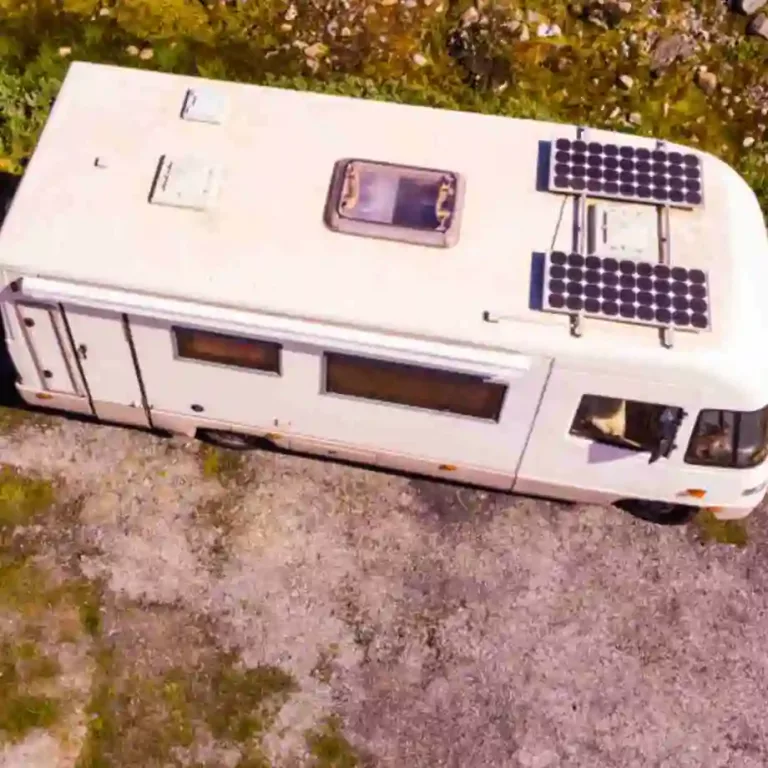These days, solar energy is a long-term investment and needs more research. If you are planning to budget it correctly, you should look at the cost and savings at least for two decades and determine the payback period and payback amount.
So, how much does a solar panel cost to install? For residential homes, the solar panel size is between 3kW to 8kW which costs roughly between $9000 to $24,000.
The right calculation includes some factors like,
- Cost of the photovoltaic panels and all other components associated with it.
- Charges for the solar installer.
- Projected saving on your energy bills periodically.
- Any other applicable federal, state or local tax credits.
- Power produced by the solar panel
Only when you put all these together, the exact cost can be calculated. Further, it would be best if you also looked for the other companies that could offer solar panel installation and seek a quote from them.
Here is some standard estimation on the cost you need to spend if you need to install the solar panel in your home in the United States.
What is the Average cost of solar panel installation?
Solar panel installation costs can be categorized into three limits. For the installation of a 6kW solar panel system, it takes around $18,500.
When it is 15,000 square feet home, the cost would be approximately $2.50 to $3.50. The residential solar panel usually comes at a size range between 3kW to 8kW, and the cost ranges between $9,000 and $24,000.
Along with the information, you should also know several other aspects associated with solar panel installation. Could you continue reading to find them?
What are the factors that might affect the solar panel installation cost in the United States?
Certain factors will directly play their role in determining the cost of the solar panel installing. Some of such elements are,
- Average utility cost and the energy usage in the home
- Solar potential o the rooftop and this can be estimated to sun rays received regularly
- Average labor cost and demand of the solar panel in your area
- Average labor cost in your location
The Department of Energy accepts lower solar installation costs might continue and it also estimates around one million-plus homes installed with solar panels till now.
As the price and features of the solar panels are beneficial and exciting, the number of people looking for panel installation is growing at a much higher rate than anticipated.
Choose the appropriate size of the solar panel
Average homes in the United States use 905 kWh per month or 10,850 kWh per year in terms of electricity. When considering some average-sized homes with a decent amount of sunshine, it might require 5 kW to 6 kW to reduce the electricity bills in their homes.
When you are installing the large solar panel system in your home, the cost per watt will be decreased. The cost per watt includes parts, solar panel, permit, labor costs, and overhead will be in the range of $6 a watt and $8 a watt.
So, the cost you save on the electric bills can be more than the cost you spend on the installation of the solar panels on an average period of 7 to 20 years.
There are lots of solar rebates and incentives offered by the government and some local energy providers. This will be the best tool to speed up the return on the investment, and you can enjoy complete benefits over the solar panel installation.
A brief note on the solar panel system costs
When you need to install a solar panel, there are some additional costs hidden in it. So, only when you know and analyze all the hidden costs, can you have a clear look at the complete solar installation cost.
- Installation of solar mounts: This includes the cost of installing the racks that hold the residential solar panels. There are few options to choose between solar mounting, and you can choose it accordingly.
- Labor cost: The labor cost for installing the solar panel will be based on the area you live in. Further, it would be best if you chose the right labor on their technical knowledge and the cost they quote for the installation process.
- Installing the solar inverters: Only when you are installing the solar inverter, it can transform the direct current (DC) power from the panels to alternating current (AC), which is generally necessary for the homes.
- Additional cost: There are also some additional costs you need to pay like permit fees, taxes, and inspection fees for the solar panel installation.
It would help if you consider the service provider who can manage the overall cost of the solar panel installation.
When you are focusing on each factor, it will help to reduce the overall cost considerably when compared to just speaking about the total estimated cost.
Expected ROI for the solar panels
In the business world, all the people are more concerned with the profit they might get back on availing the service or buying the product. This happens for the installation of the solar panels as well.
When you are looking for the return of investment, you can calculate it based on the total paybacks. It would be best if you calculated the overall cost you spend on the solar panel installation then figure out the amount you can save on the energy bills monthly.
These two results will show or indicate how quickly the savings will cover the initial cost spent on the solar panel installation.
Remember that electricity rates will vary based on the region. When it comes to solar, it will be more cost-efficient as the cost you need to pay for the electricity is high, but the resource from the sun is abundant.
Operational cost
Your work will not get over just by installing the solar panels. It would be best if you also cared for the post-installation process like monitoring, maintenance, insurance, repair, and overhead costs. This will typically be in the range of $4,000 to $8,000.
Besides, not all the category of solar panels needs the same type of maintenance. Some need little maintenance, and some need more repairs and replacement. So, this is one of the factors to consider when you are installing solar panels.
Know about incentives
Some places also have some options to have financial incentives. In particular, you can find such incentives where there is no rich income of sunlight. Thus, the final cost can be based on the place you live in.
In some conditions, the total cost can be saved up to 50% and the homeowners will be able to go for a few thousand dollars.
Most people looking for solar panel installation can enjoy up to 30% federal tax credits.
So, make some research on the available incentives in your area as per the norms. This will further help you with the right estimation of the cost.
Tips for solar shoppers to buy a cost-effective solar panel
- Not all the biggest installations are trustworthy when it comes to prizes. A recent study given by the US government states that a large installer is $2,000 to $5,000 more expensive when compared to several small companies. So, just with the identity of the big company, it is not right to approach them.
- One important and easy way to find the cost-efficient one is shopping around. It is not enough to find one or two shops and choose from it. You need to consider visiting several local or online shops and look for the features and cost. Compare them on different aspects and come to the right conclusion with the company.
- Installation of the solar panels includes different costs, and you need to pay altogether. So, when you consider the different cost aspects and try to reduce each one, there will be a huge change in the overall cost.
Can you install Solar Panel at Zero Upfront cost?
Installation of solar panels is a long investment that payback for decades but the installation cost is really high.
But now, you can find a lot of banks providing finance options for solar panel installation.
- The installation cost is paid by bank.
- The EMI can be saved from the power/energy bills.
The above conditions work only when you take the loan at lower interest rates and a long repayment period. If the interest rates are higher, a solar installation can be a big burden on your head rather than the energy savings.
If you are planning for finance then you can also look at the other option like leasing. The leasing cost is generally less than the financing cost and you can save some money at the same time.
But, both solar panel installation financing and leasing have their own pros and cons that you must consider. Solar energy loan financing can provide you benefits of solar tax credits and rebates. On the other hand, leasing gives you no such benefits and you even don’t have the ownership of the solar panels.
You can use a calculator to analyze the costing before the purchase but the site assessment by a professional would give you full clarity. The cost of solar energy installation also varies from state to state and therefore, you also need to consider your locality.
Time to install the solar panel in your home!
Overall, you might have got some clear insights on the cost factors of the installation of the solar panel. So, it is a huge process, and you need to work more on it. Start now and make the right way to enjoy the benefits of solar panels.
Related Questions
How long does a solar panel last? On average, the solar panel has a lifespan of 20-30 years. After this, people start seeing a decline in energy production.
Can you install solar panels yourself? Yes, you can install your solar panels yourself but you need to learn or have information about solar panels mountings, components, safety disconnects, and so on.
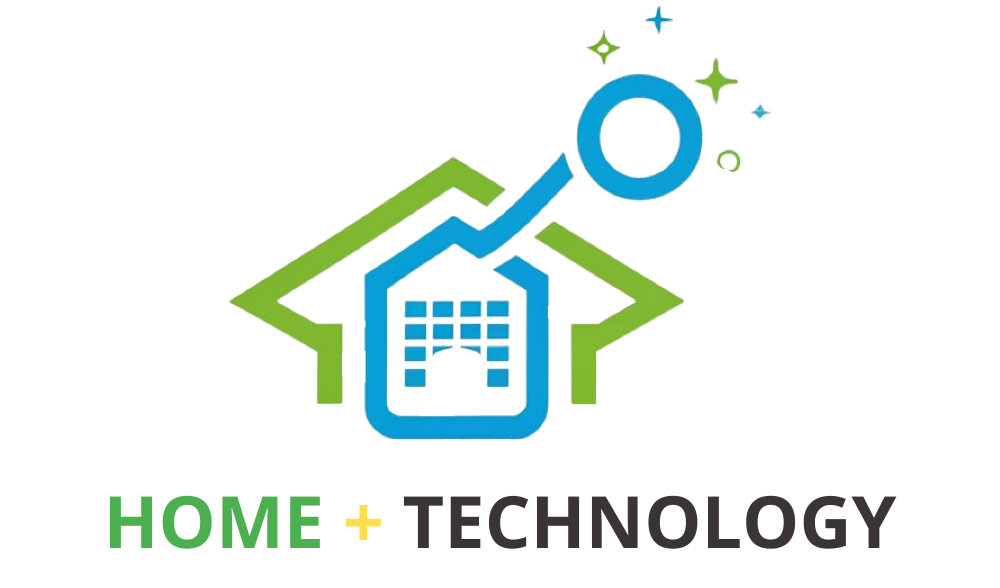
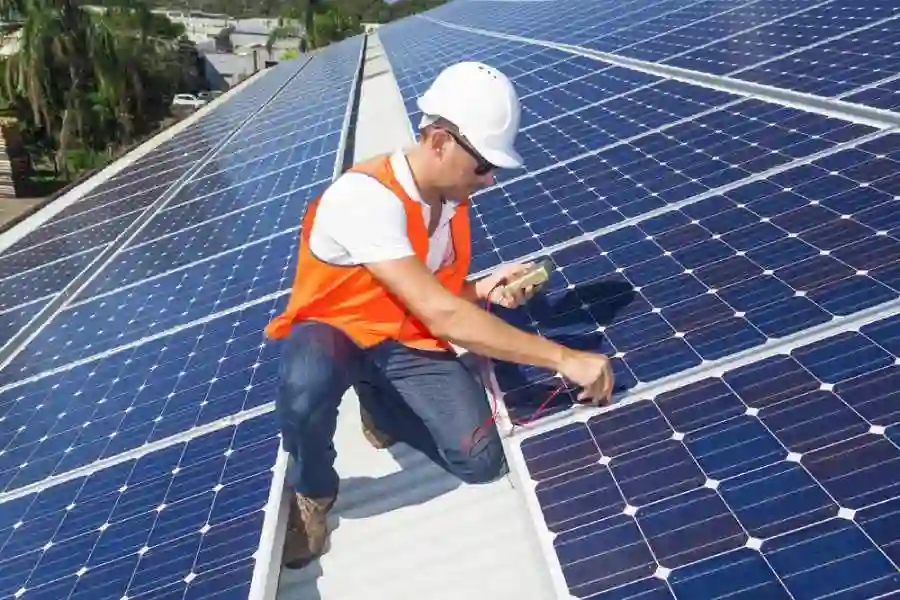
![Goal Zero Yeti 1400 Lithium Portable Solar Generator Review [2023]](https://howtl.com/wp-content/uploads/2021/09/Goal-Zero-Yeti-1400-Lithium-768x512.webp)

